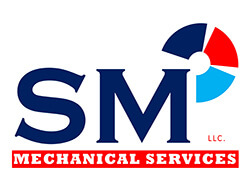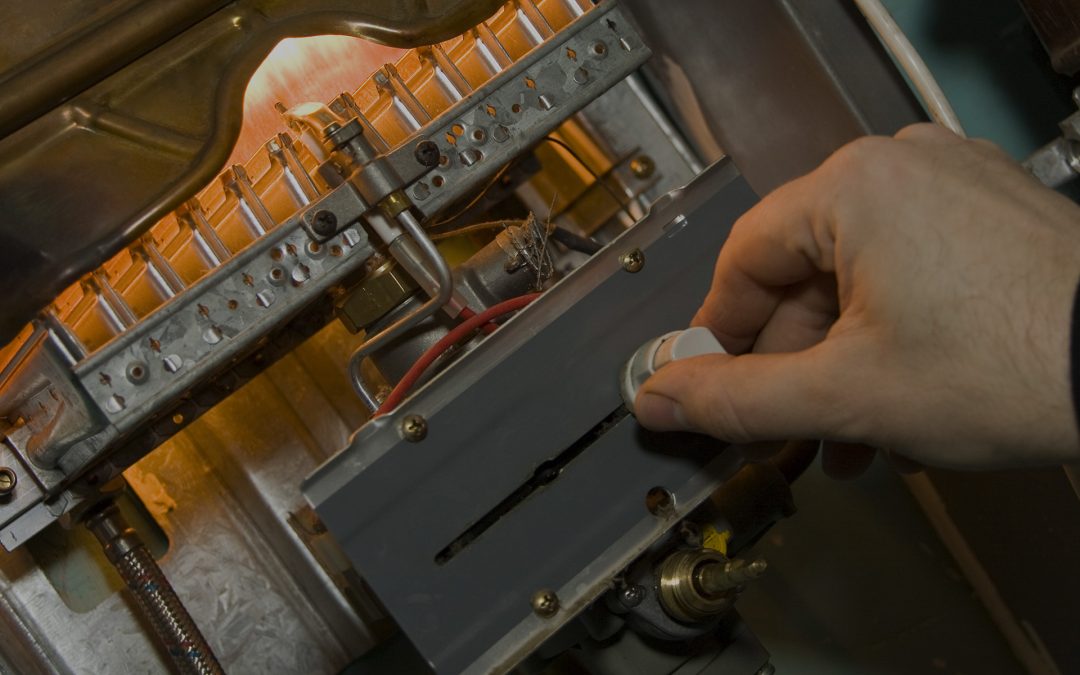Furnaces power your home’s heating, allowing you to stay warm and comfortable all year round. These machines are powerful and well-designed but prone to some issues. Unfortunately, malfunctioning gas furnaces can lead to serious injury and even death. That’s why paying attention to your gas furnace’s flame is very important.
You may wonder, “what should the flame look like in a gas furnace?” As Glastonbury’s furnace repair experts, our HVAC experts at SM Mechanical Services will help you determine whether or not your furnace is working properly based on its flame color, giving you advice on how to keep your furnace working efficiently and safely.
What Causes Furnace Flame Colors?
Furnace flame color depends on how much oxygen your furnace burns. The flame heats up and intensifies as the quantity of oxygen increases. Your furnace’s efficiency can also affect the color of the flame. If your furnace is clogged with soot and dirt, it may not be processing oxygen efficiently.
There are several common flame colors you might see:
- Blue flames: Blue flames indicate efficient, proper combustion and are the hottest your furnace can produce.
- Yellow flames: Yellow flames suggest that your furnace isn’t combusting properly and is producing carbon monoxide.
- Yellow and orange flames: Similar to yellow flames, orange flames indicate even less efficient heating.
- Red flames: Like yellow and yellow-orange flames, red flames indicate combustion issues, poor heating, and carbon monoxide emissions.
What Is the Ideal Furnace Flame Color?
The answer to the question “what should the flame look like in a gas furnace” is simple. The ideal furnace flame is a roaring blue flame with a light blue triangle in the middle.
Complete blue flames suggest that your gas furnace is properly using its gas supply. Blue flames are the hottest and suggest that your furnace’s combustion process is efficient and effective. You can also conclude that your furnace is free of soot and dirt buildup if your flame is blue, which means the interior of the furnace is clean.
If your furnace flame is any other color, like yellow, orange, or red, its combustion process is not working effectively. The oxygen supply may be unstable or lacking, and there may be contaminants within the furnace.
Ideally, a natural gas furnace will have a ratio of air-to-gas of around 10:1, ensuring that the gas has more than enough oxygen to produce flames. When your furnace flame is not blue, this ratio is off, suggesting that there is not enough oxygen within the furnace for it to function effectively.
What Are the Dangers of Yellow, Red, and Orange Flames?
Yellow, red, and orange flames don’t just indicate inefficient heating; they come with safety risks you shouldn’t ignore. If you see furnace flames in these colors, call an HVAC company for service right away.
Carbon Monoxide Poisoning
Asking, “what should the flame look like in a gas furnace” may just save your life.
Carbon monoxide, or CO, is a colorless, odorless, and tasteless gas that can cause serious health problems, including headaches, nausea, vomiting, dizziness, breathing issues, and even death.
Gas furnaces produce carbon monoxide when a lack of oxygen or the presence of particulates causes partial combusting. Carbon monoxide bonds to the hemoglobin in your blood, slowly causing serious illness. Hundreds of Americans die from carbon monoxide poisoning each year, with many more becoming hospitalized because of it.
It’s important to take steps to prevent carbon monoxide poisoning. Here are some safety tips you can follow:
- Install carbon monoxide detectors throughout your home, making sure there is one on each floor and outside of each bedroom.
- Buy battery-powered carbon monoxide detectors or at least detectors with battery backups.
- Never use your oven or gas range for heating your home.
- Never run a vehicle inside of a garage or enclosed space, even if you open windows and doors.
- Never use a portable gas heater inside an enclosed space, and place it at least 20 feet from doors, windows, and vents.
- Check and replace your carbon monoxide detectors’ batteries during Daylight Saving Time, both in the fall and spring seasons.
- Inspect and clear your outdoor vents of any debris, such as leaves, snow, and animal nests.
How Can You Prevent Incomplete Combustion?
Preventing incomplete furnace combustion takes a few simple steps. Pay close attention to the flame colors whenever you turn your furnace on, particularly for the first time during the beginning of the winter season. If the flames aren’t blue, give your local furnace technician a call so they can give you steps on what to do next. It also helps to maintain a consistent maintenance and inspection schedule to identify soot buildup and other potential furnace issues early and fix them before they escalate into dangerous problems.
Check your CO detectors regularly for signs of abnormal carbon monoxide buildup, and make sure that you take a look at your HVAC air filter. Air filters often accumulate large quantities of dust, dirt, and soot. If your filter is dirty or otherwise damaged, you need to replace it as soon as possible.
Wood furnaces and fireplaces naturally produce yellow and orange flames, and that is no cause for concern. However, if your furnace uses either propane or natural gas, anything other than a completely blue flame should be a red flag.
Professional Gas Furnace Servicing in Glastonbury, CT
SM Mechanical Services provides world-class gas furnace servicing and care in the Glastonbury, CT, area. We know how long a gas furnace lasts and can assist you with routine maintenance and repairs.
When you call us for furnace services, our professional, certified technicians treat you like family and are more than happy to answer any questions you may have. We pride ourselves on working with you to create a service plan you’re happy with.
Have any questions like, “what should the flame look like in a gas furnace?” or want to schedule a service appointment? Give us a call at (860) 296-5100 to speak to one of our team members.

